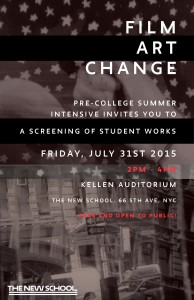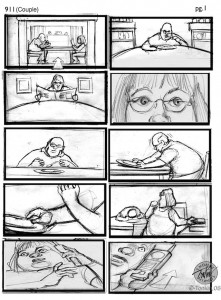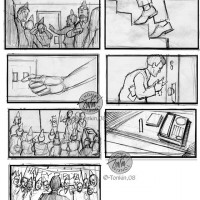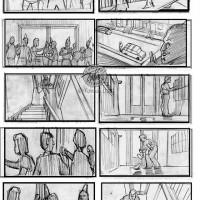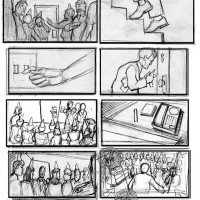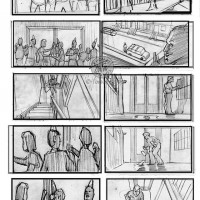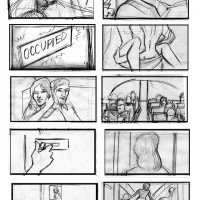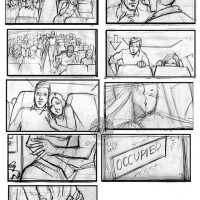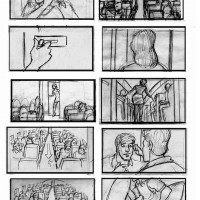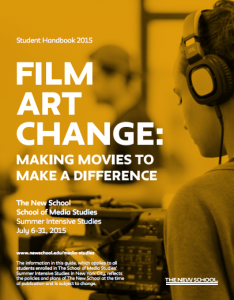Below you will find the poster and the video teaser. Feel free to share.
Author: husaka
Assignment #7: Distributed Narrative
Chance of Due Date: Tuesday, July 21
INSTRUCTIONS:
Working with your group, explore distributed storytelling using QR coding. You should use your own material (stills, video and/or audio you recorded with school equipment or your smartphone) and at least one external item such as news article, text, Twitter feed, Youtube, Vimeo link, etc. Based on in-class discussion on social engagement, your group will be creating a “story in public place”. This can be a neighborhood tour, short fiction, scavenger hunt, a personal reflection, or an advocacy project. Think of interaction possibilities: how can this practice expand the experience and engage new audiences? Consider explorative, archival and performative functions. Working together with your group, generate the codes (5 to 6 codes), post in public, photograph the sites (as evidence) and create a brief one page report that discusses your choices and the functionality of the project. Make sure you include the QR codes in your report and post it to our course blog.
You can use any of the QR code generators such as http://goqr.me/ , qrstuff.com, or similar. Use one of the free QR mobile apps for Android/iOS to test your project and make sure it works.
Sam Mendes HBO shorts with alternate endings (incl. storyboards)
What is cinematography?

Cinematography is the act of capturing photographic images in space through the use of a number of controllable elements. These include the quality of the film stock, the manipulation of the camera lens, framing, scale and movement. Some theoreticians and film historians (Bordwell, Thompson) would also include duration, or the length of the shot, but we discuss the long take in our editing page. Cinematography is a function of the relationship between the camera lens and a light source, the focal length of the lens, the camera’s position and its capacity for motion.
Here is a basic introduction including viewing examples that should help you understand the core principles:
Assignment (extra credit) MoMA Visit Report
MoMA Visit Report
Write a short report (1 page) on your favorite art work that you encountered in the Scenes for a New Heritage exhibit. Make sure you include the title of the work, artist’s name, and the year it was produced. This report is your personal critique, giving us more insight about the meaning and the technique of the work, and explaining why you liked that work in particular. Post to our site and add it to the “MoMA Report” category.
Terminal Bar (2002)
ASSIGNED VIEWING (TUESDAY, JULY 7)
Running time: 22min 23sec
Directed and Animated by Stefan Nadelman
From 1973 to 1981, bartender Shelly Nadelman photographed the patrons and surroundings of the Terminal Bar, a watering hole across the street from the Port Authority Bus Terminal near Times Square in New York City. The film above was created from the collection of the over 2,500 photographs Shelly shot during his ten year stint there.
Assignment #2: Urban Landscape (NYC)
DUE WEDNESDAY, JULY 8
INSTRUCTIONS:
Working with your group, you will be creating a photo essay of a location in the school’s neighborhood. This photo essay should have between 15 and 20 images total and it should – based on your observations and discussions with the group – conveys something about the place that is not easily visible; a hidden story, micro/macro picture, deeper truth, emotional qualities, etc. The goal is not so much to “tell a story”, but to “tell a place”. Keep in mind that this is not about providing the most accurate representation of the place. It is more about your observations and creative voices as filmmakers and artists. Principally, in these photographs we should discover the place through your eyes (and imagination!). As such this photo essay can aim for a character-driven, subjective, abstract, poetic, or objective modes. Think about framing (close-ups, medium shots, wide shots, etc) and try to introduce us to something new!
IMPORTANT: you should take turns on the camera. The final photo essay must include at least 5 selected images from each member of the group. Decide on the order of images and create a slideshow to present in class Wednesday, July 8. Don’t forget to post to our blog too!
Photography Basics

Download the “Intro to Digital Photography” sheet here (PDF file).
Student Handbook
Below you will find the Student Handbook as a PDF file (click to open/download). The handbook contains all relevant information that you will need to review before the start of the program. Please take the time to look through it with your parent(s)/guardian(s) and let us know if you have any questions about the information listed in the handbook.
Assignment #1: Three images I like/dislike
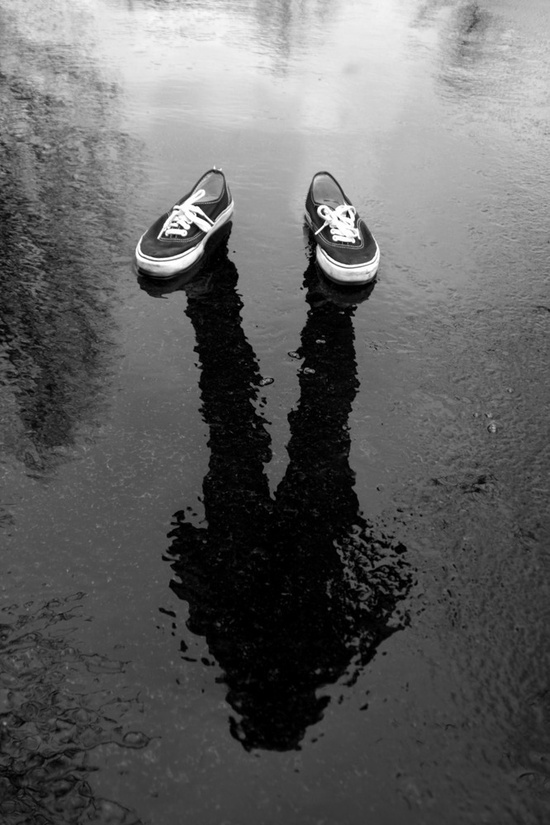
DUE TUESDAY, JULY 7
INSTRUCTIONS: Select 3 photographs that you like and 3 that you don’t like. These can be private photographs, print ads, photograph billboards, images from the web, etc. Please post the images to our site by tomorrow (Tuesday, July 7) and bring them on a USB stick or some other medium that you can access easily. Make sure you add them to the “Assignment #1” category, which you can checkmark in the box to the right. In your post, clearly indicate which images are likes and which dislikes. Note: the like/dislike is quite subjective, and you are free to use any criteria: aesthetics, politics, memory, etc.
You will have 5 minutes to talk about the images and what you like/dislike about them.
